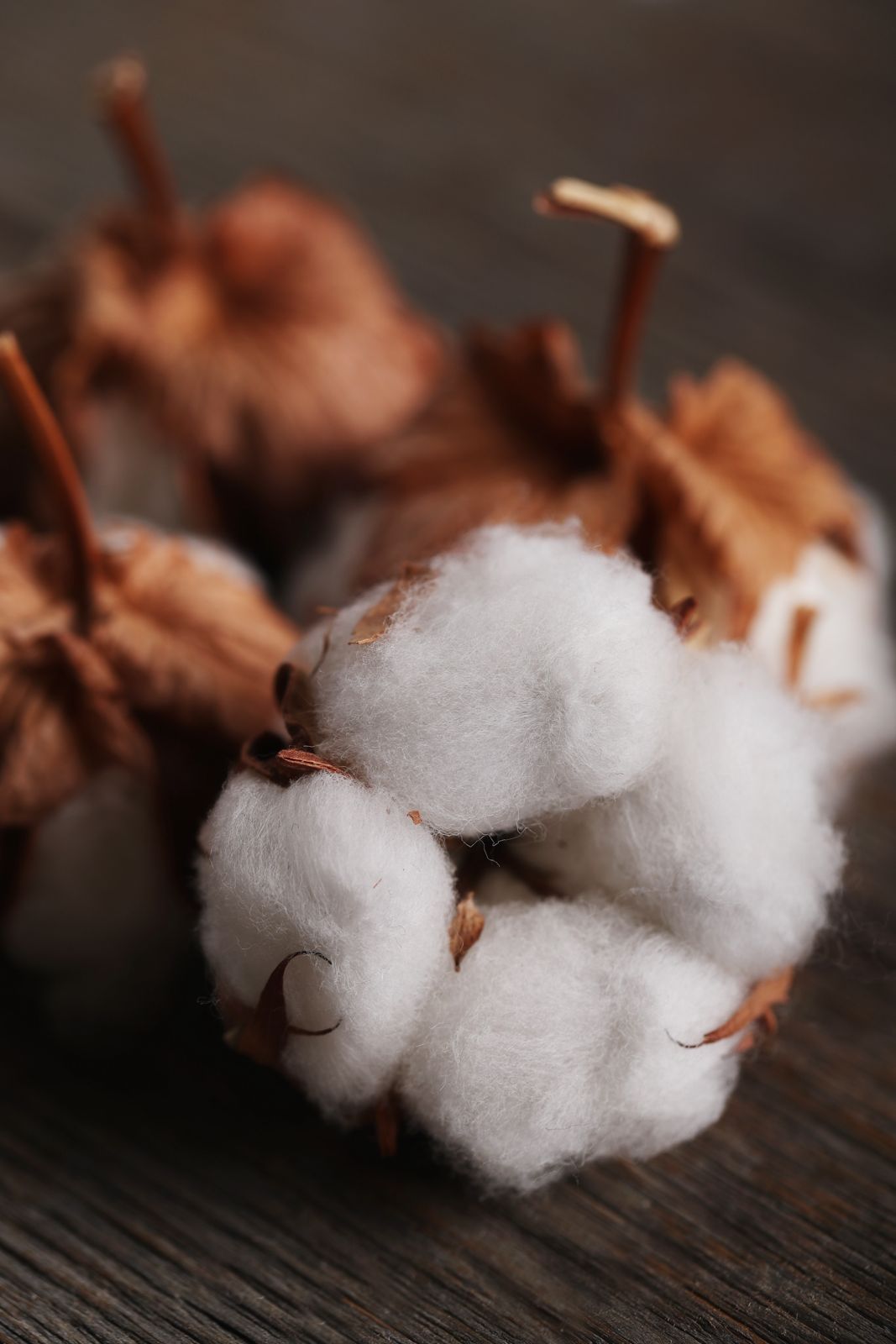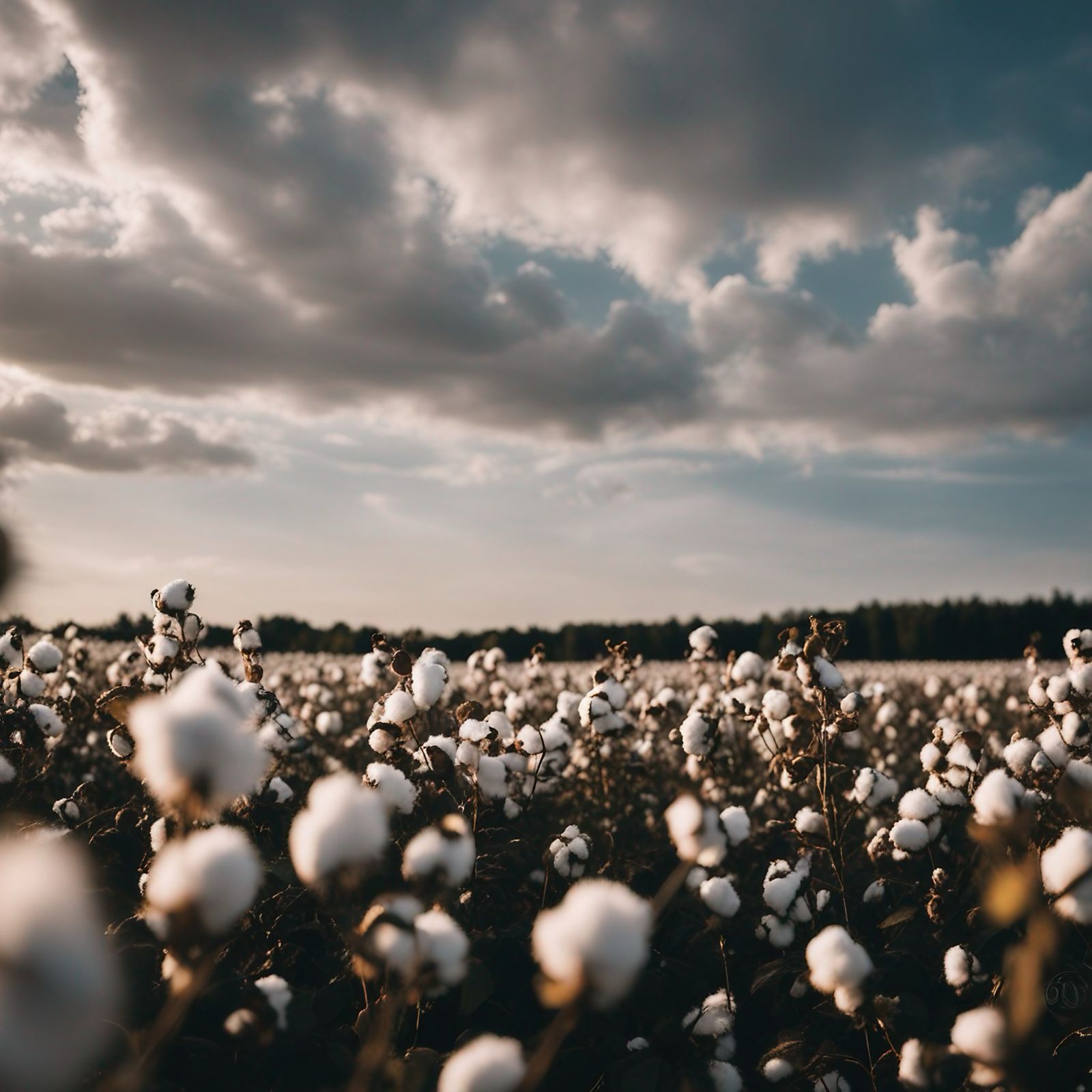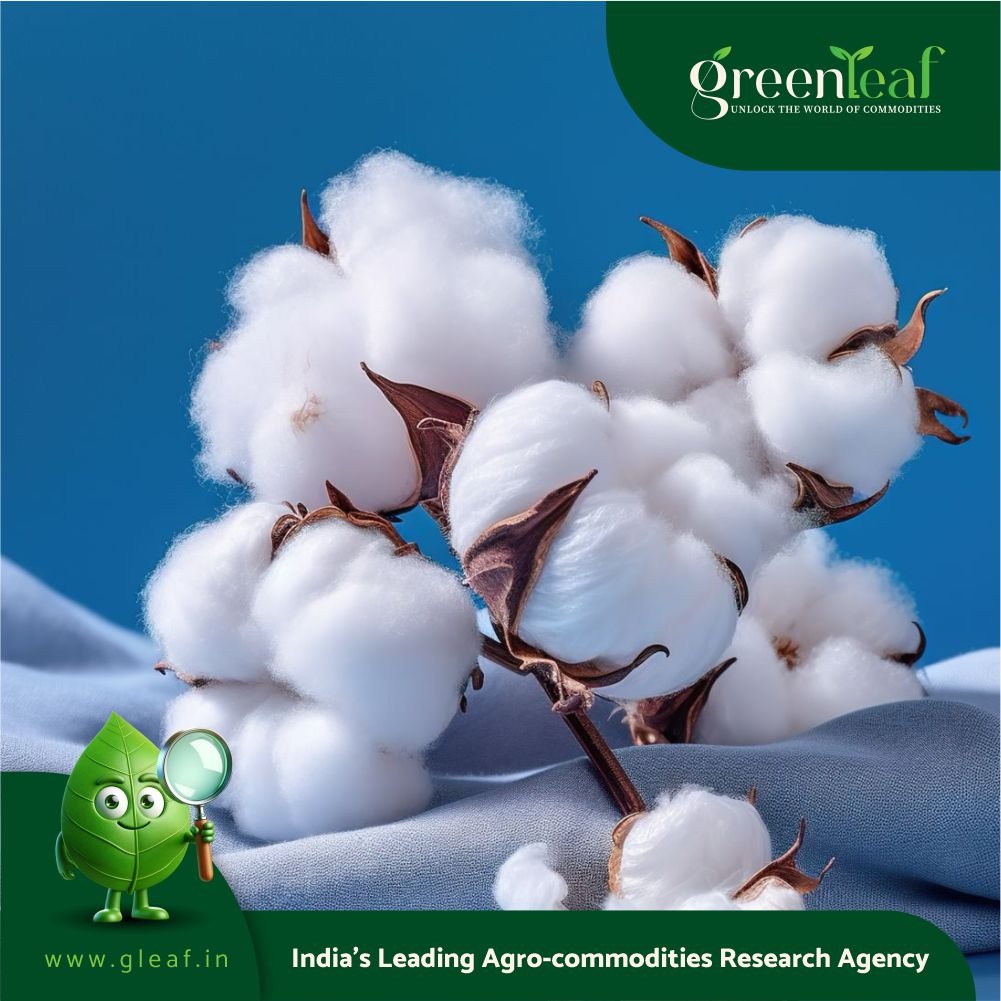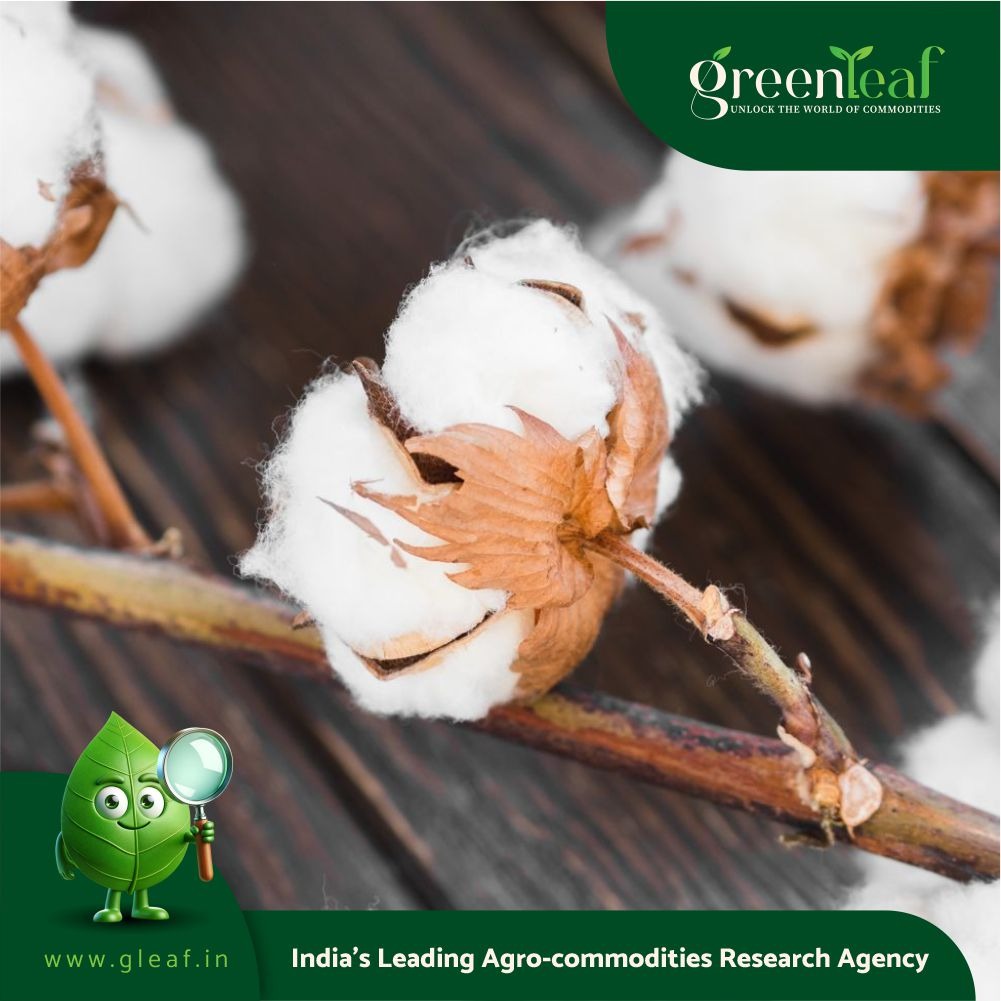Cotton farmers in Gujarat are shifting to other crops like groundnuts and soybeans due to low prices for their produce, causing a decline in cotton acreage, state Agriculture Minister Raghavjibhai Patel told The New Indian Express.
Cotton farmers in Gujarat are shifting to other crops like groundnuts and soybeans due to low prices for their produce, causing a decline in cotton acreage, state Agriculture Minister Raghavjibhai Patel told The New Indian Express.
“Gujarat is the hub of cotton production as our Prime Minister Narendra Modi invested a lot in its value chain,” said Patel, who is also Minister of Agriculture, Animal Husbandry, Cow-Breeding, Fisheries, Rural Housing and Rural Development in Gujarat.
However, Patel raised concerns that the inadequate price farmers receive is discouraging cotton production in the state. “Cotton farmers in the state are marred by both lower production and lower prices. They do not get the required price for their produce, which discourages them from growing more,” he said, adding that many are shifting to more profitable crops.
Gujarat’s cotton acreage has declined from 26.79 lakh hectares last year to 23.62 lakh hectares in the 2024-25 Kharif season. Maharashtra now leads in cotton acreage. Once the largest cotton-producing state, Gujarat has ceded its position to Maharashtra, which now tops the list, followed by Gujarat.
Latest estimates from the Cotton Association of India show Gujarat’s cotton pressing at 76 lakh bales (each bale weighing 170 kg), compared to Maharashtra’s 85 lakh bales and Telangana's 48 lakh bales as of May 31, 2025.
Meanwhile, India’s overall cotton production has been declining steadily for the past five years. Once a global leader, India’s cotton output is expected to shrink from 39.8 million bales in 2013-14 to 29.5 million bales by 2024-25, with yields falling to less than 450 kg/ha - far behind global leaders like China, which records 1,993 kg/ha.
Experts attribute the sharp decline in cotton production to increased pest attacks and erratic weather conditions, including unpredictable rainfall and rising temperatures. The major pest threat remains the pink bollworm (PBW), which has developed resistance to Bt cotton over time. Farmers say pests now infest the crop within two months of flowering, damaging the bolls and flowers.
The textiles industry has already expressed concern over the continued dip in cotton production and the projected lower acreage in the current Kharif season.
Responding to another question on the rising salinity in coastal areas affecting farming, Patel said the government is taking the issue seriously. “We are building salinity prevention structures to stop seawater intrusion into groundwater and soil,” he said.
The minister was speaking on the sidelines of a soluble fertiliser event organised by the Soluble Fertiliser Industry Association.
At the event, Patel conferred an award on The New Indian Express journalist, Jitendra Choubey, for excellence in reporting on agriculture.















